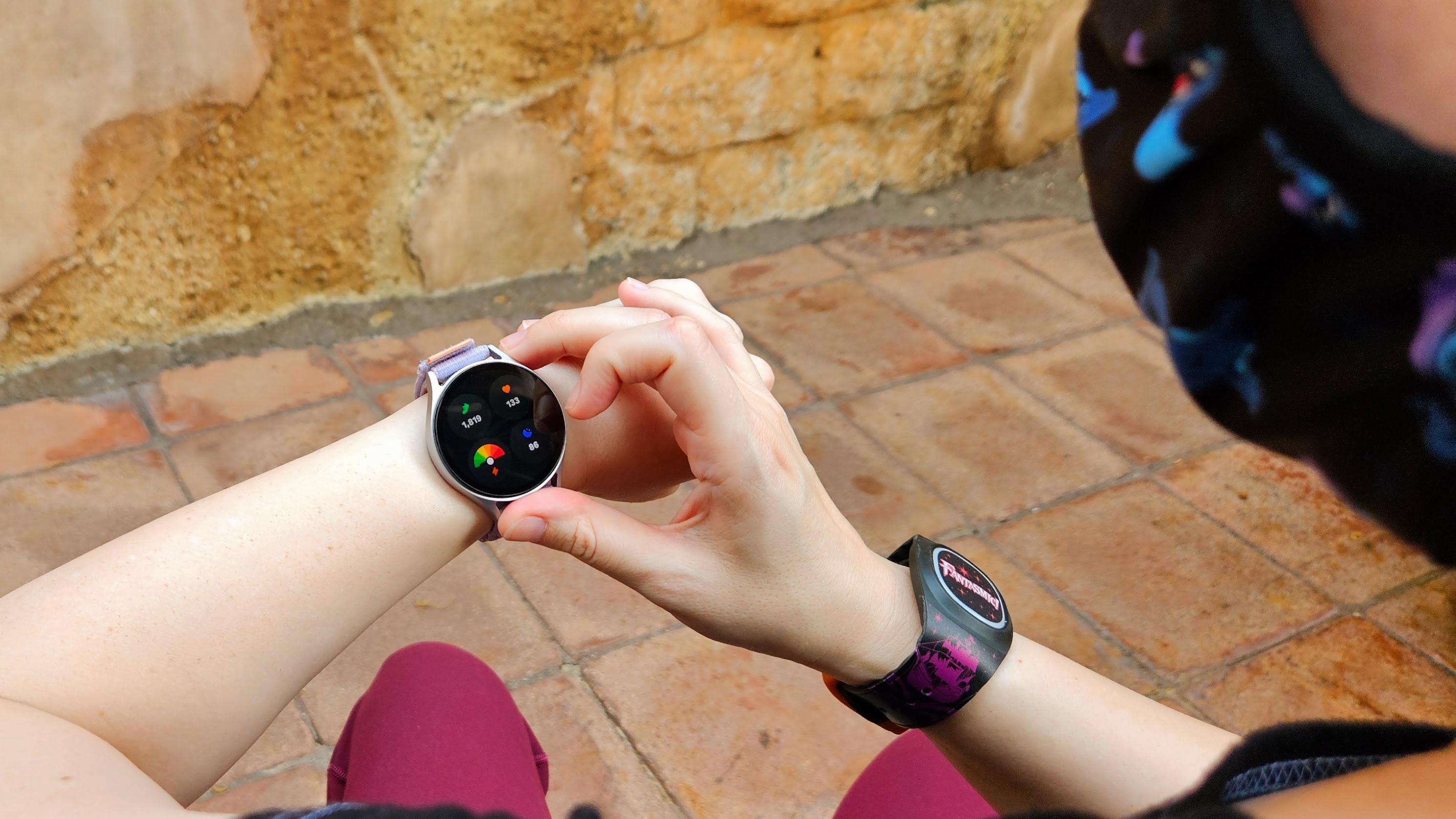Top 8 things to know about the Xiaomi Redmi Note 4
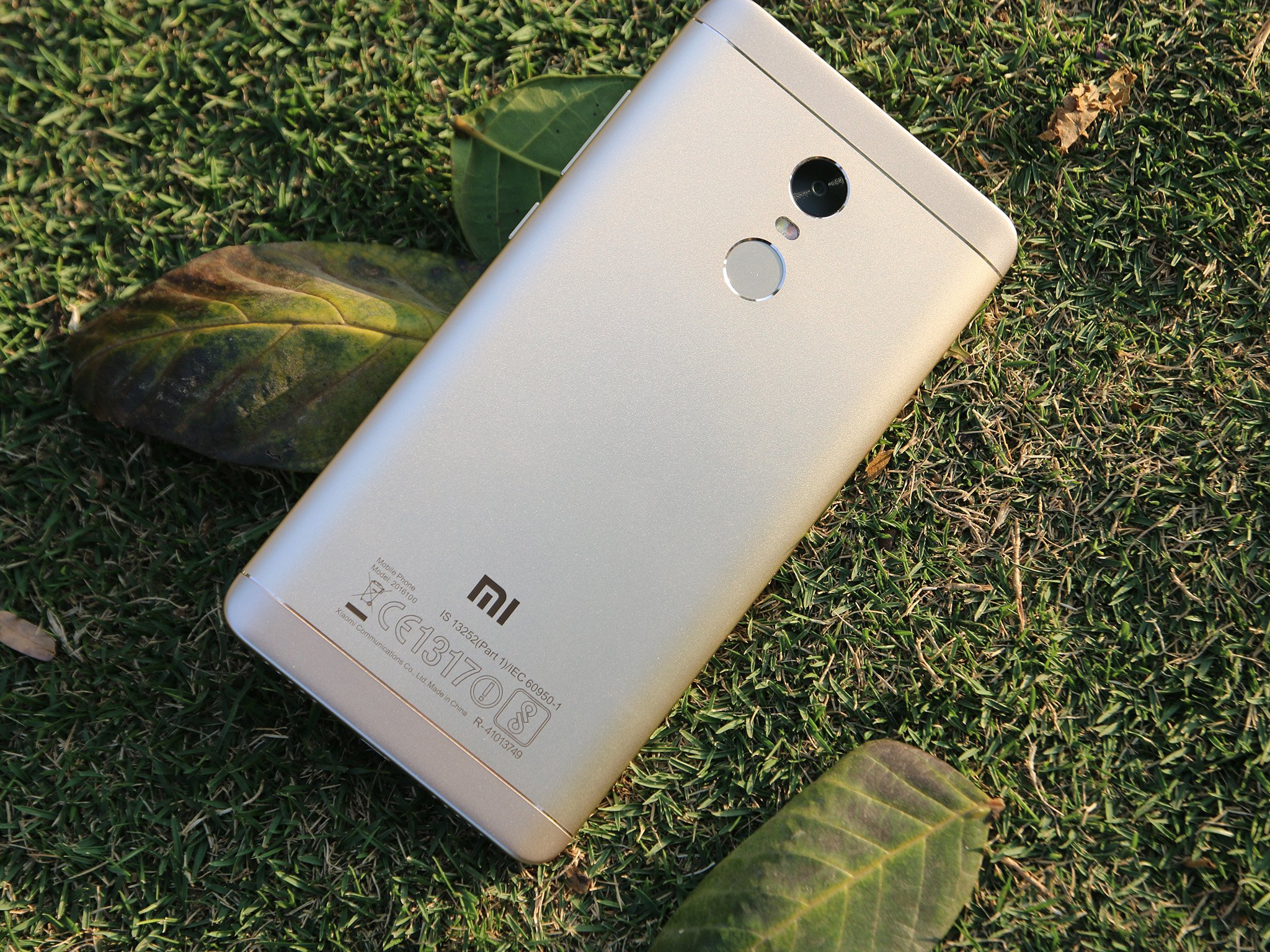
The Redmi Note 4 is one of the best phones you can currently buy for under ₹15,000 ($225). The phone made its debut in China last year with a MediaTek Helio X20 SoC, and Xiaomi introduced the handset in India earlier this month powered by a Snapdragon 625 processor.
Whether you're looking to see what's new with the phone or are interested in learning more about the features it offers, these are top eight things you need to know about the Redmi Note 4.
Premium design
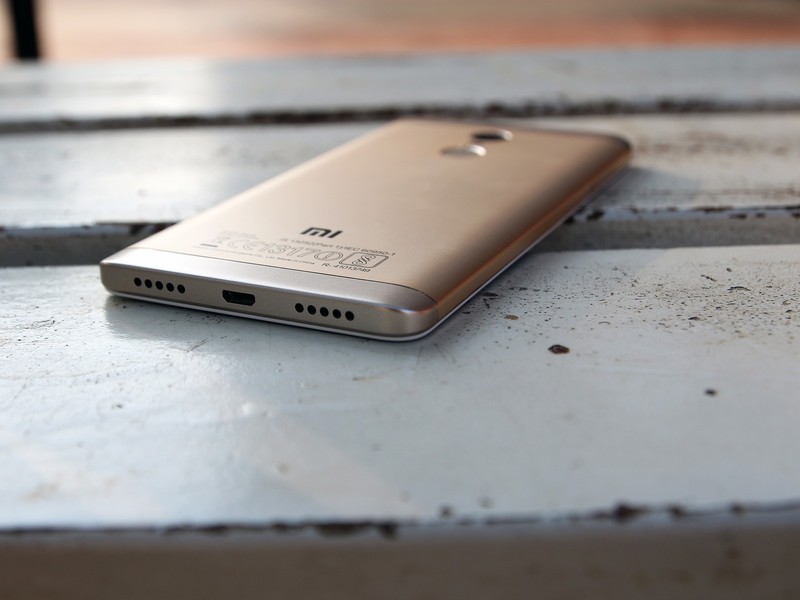
The Redmi Note 4 has an all-metal chassis that belies its price tag. There aren't any major changes when it comes to the design from the Redmi Note 3 — which also sported a metal body — but this time around, Xiaomi refined the design to make it look more premium.
The back of the phone now has gently curved sides that aren't as pronounced as those on the Redmi Note 3, and the display offers 2.5D curved glass, making for better in-hand feel. For a phone sold in the budget segment, the Redmi Note 4 definitely looks premium.
Powered by a 14nm Snapdragon 625
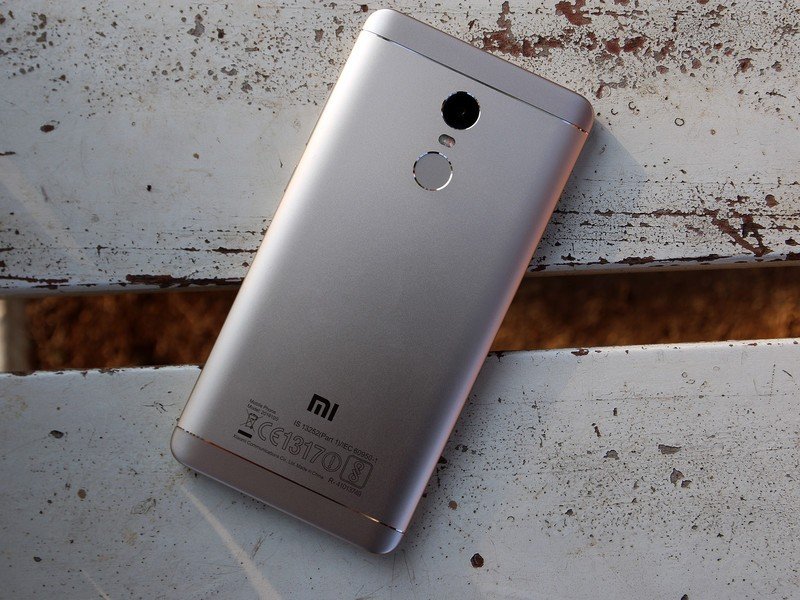
The Indian variant of the Redmi Note 4 is powered by a Snapdragon 625. The 14nm node shrink allows for much better energy efficiency when compared to last year's 28nm Snapdragon 650. To that effect, it eschews the two Cortex A72 cores on the Snapdragon 650, instead offering eight Cortex A53 cores clocked at 2.0GHz.
The SoC has an Adreno 506 GPU, which isn't as performance-oriented as the Adreno 510 on the Snapdragon 650. That said, the Redmi Note 4 handles everyday tasks with ease, and you won't notice any issues when playing visually-intensive games.
More memory and storage options
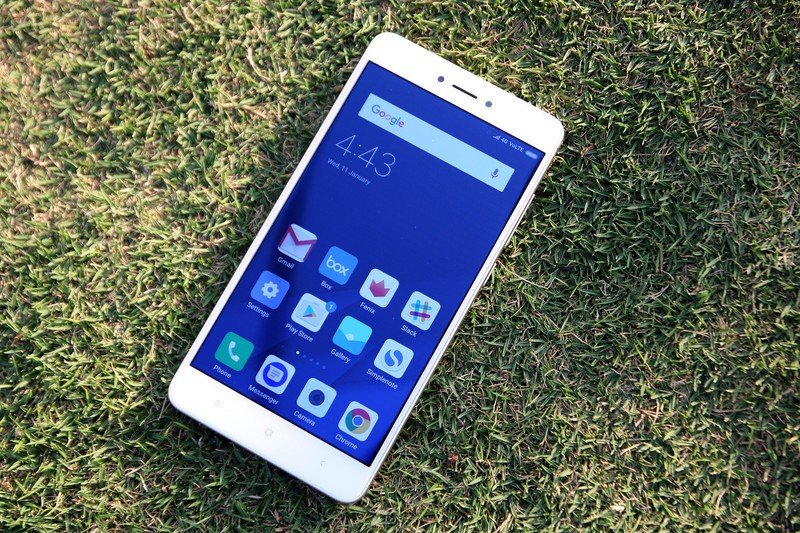
The Redmi Note 4 is available in three storage variants, offering up to 4GB of RAM and 64GB storage. Xiaomi understands the Indian market better than most Chinese vendors, and as a result, all three variants are very competitively priced. Best of all, the base variant comes with 32GB storage. Here's the breakdown:
Be an expert in 5 minutes
Get the latest news from Android Central, your trusted companion in the world of Android
- 2GB RAM/32GB storage: ₹9,999 ($145)
- 3GB RAM/32GB storage: ₹10,999 ($160)
- 4GB RAM/64GB storage: ₹12,999 ($190)
Even if you're on a limited budget, you'll be able to walk away with a Redmi Note 4 that fits your needs.
Rear fingerprint sensor
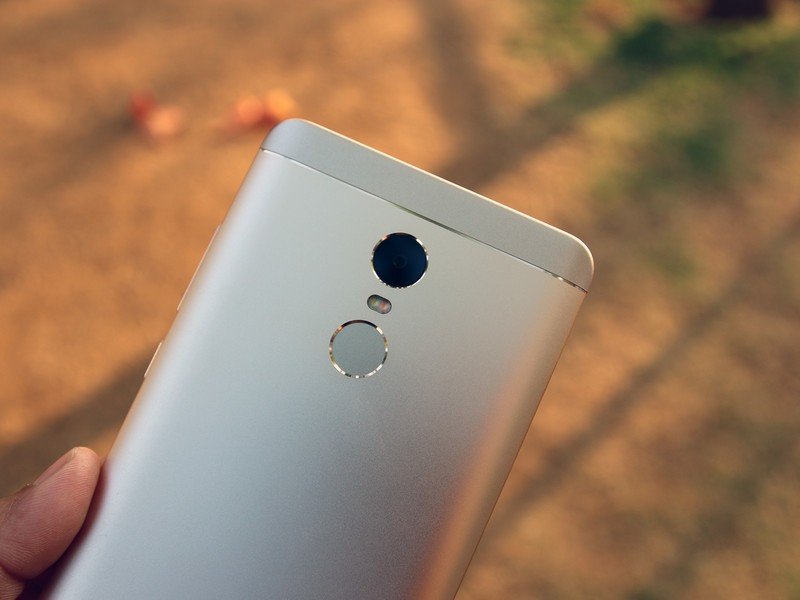
Xiaomi has a decent track record with fingerprint scanners on its budget phones, and that holds true for the Redmi Note 4 as well. The rear sensor is quick to authenticate, and you don't need to wake up the display for it to unlock the phone.
The placement at the back underneath the camera makes it easy to access the sensor with your index finger when using the phone one-handed, and you won't find any difficulty in finding it as it's recessed. The only issue arises if your fingers are wet — that party trick is still limited to the Qualcomm Sense ID-enabled sensor on the Mi 5s.
New 13MP camera with PDAF
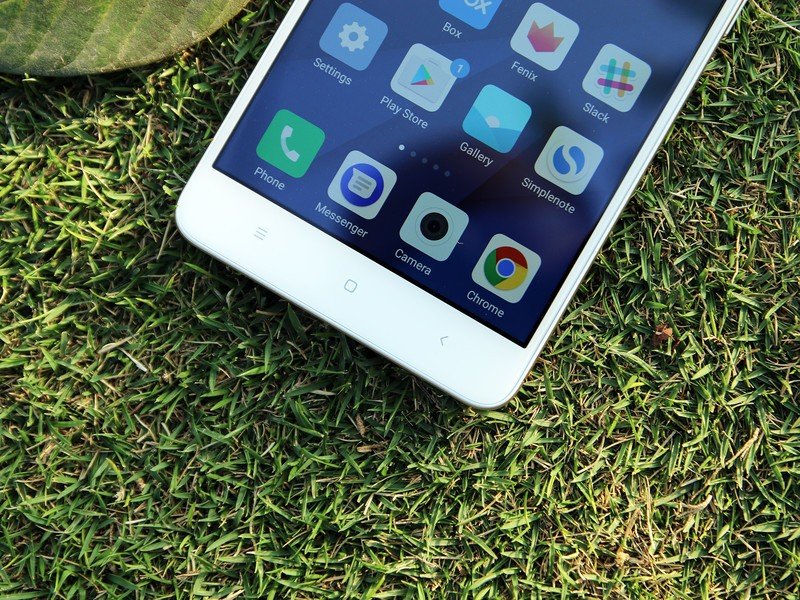
The camera was one of the few limitations of the Redmi Note 3, and one of Xiaomi's key focus areas for the Redmi Note 4. Thankfully, the included 13MP camera has larger pixels and a new sensor, and it does a much better job of taking images in both well-lit and low-light conditions.
Macro shots also come out looking great, with accurate colors and a lot of detail. If your primary consideration is camera quality, then you won't be let down by the Redmi Note 4.
LTE with VoLTE
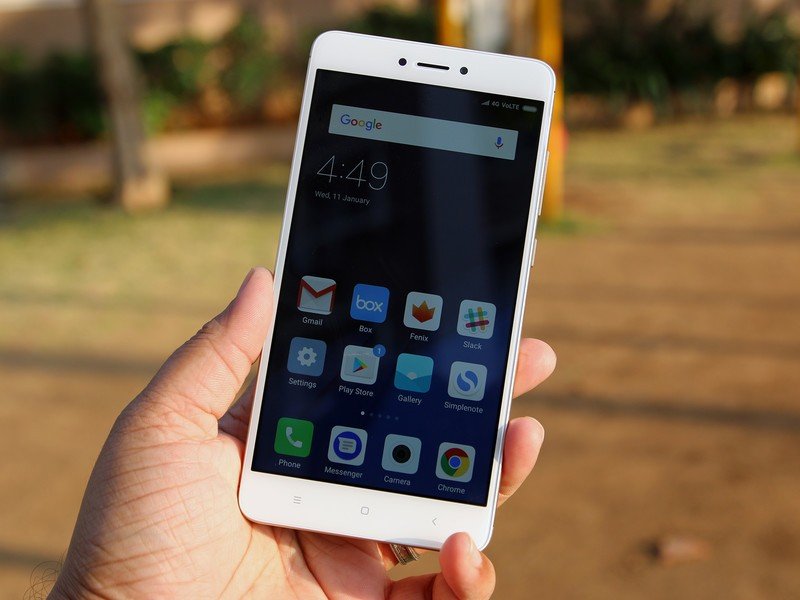
One of the reasons the Redmi Note 4 is so affordable is that it has limited LTE bands. The Indian variant with the Snapdragon 625 supports three LTE bands: 3 (1800MHz), 5 (850MHz), and 40 (2300MHz). This ensures that the phone works on all carriers in the country.
With Jio gaining momentum in the country, more and more phones are rolling out with VoLTE, including the Redmi Note 4. You'll be able to make HD calls through the phone, and use Jio's Wi-Fi calling features without any issues.
Marshmallow for now, Nougat coming soon
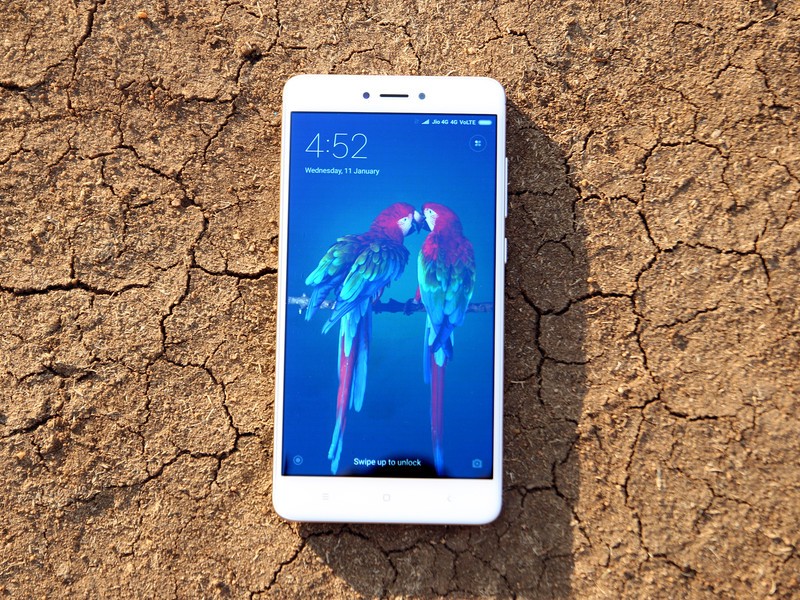
The Redmi Note 4 comes with MIUI 8 atop Android 6.0.1 Marshmallow. MIUI is one of the most customizable skins available today, and in its current iteration, it has picked up a slew of new features along with a visual refresh.
Among the new features include Dual Apps, which lets you run two apps at the same time, Second Space, through which you can use two separate profiles on the same device, and Quick Ball, a floating button that gives you easy access to commonly used shortcuts.
The Redmi Note 3 picked up Marshmallow in August 2016 — nearly a year after its release — and Xiaomi is thankfully tackling the update problem early on with the Redmi Note 4. The brand has already started offering a Nougat preview build for the phone, with a stable release making its way in the coming months.
If you're interested in taking a look at the Nougat beta, you can flash the file from here. Do note that it is an early beta, and as such you'll encounter bugs.
Huge battery, but no fast charging
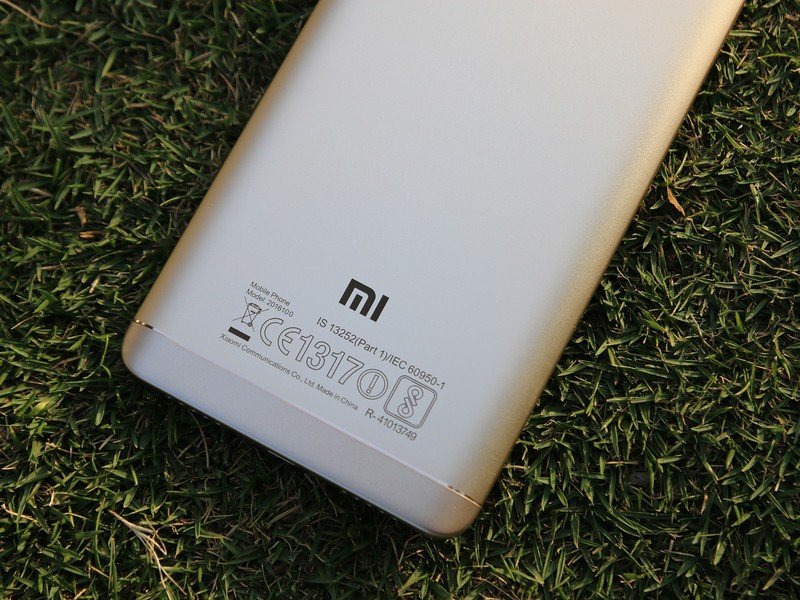
The Redmi Note 3 had stellar battery life, and the Redmi Note 4 outdoes that thanks to an energy-efficient SoC and a slightly larger 4100mAh battery. You'll easily get a day and a half's worth of usage out of a full charge, and power users will not have to worry about the phone running out of juice before the end of the day.
MIUI 8's memory management also plays a hand in maximizing battery life, and overall, you shouldn't have any issues with battery life on the Redmi Note 4. That's a good thing, because the lack of fast charging means that the phone takes nearly two hours to fully charge. The bundled charger tops out at 5V/2A, which is the maximum charge the phone can take. That is a drawback, but the great battery life makes up for the lack of fast charging.

Harish Jonnalagadda is Android Central's Senior Editor overseeing mobile coverage. In his current role, he leads the site's coverage of Chinese phone brands, networking products, and AV gear. He has been testing phones for over a decade, and has extensive experience in mobile hardware and the global semiconductor industry. Contact him on Twitter at @chunkynerd.
